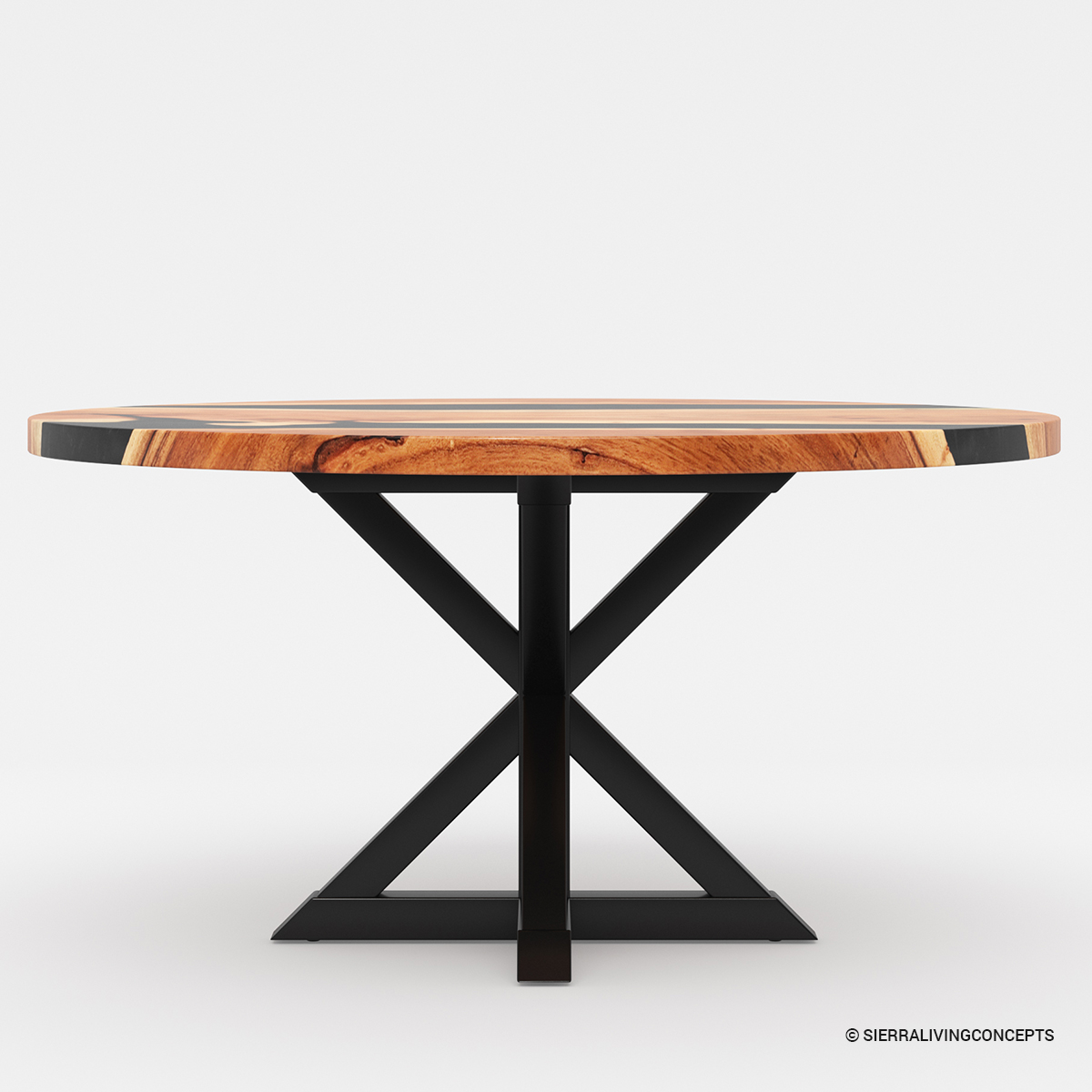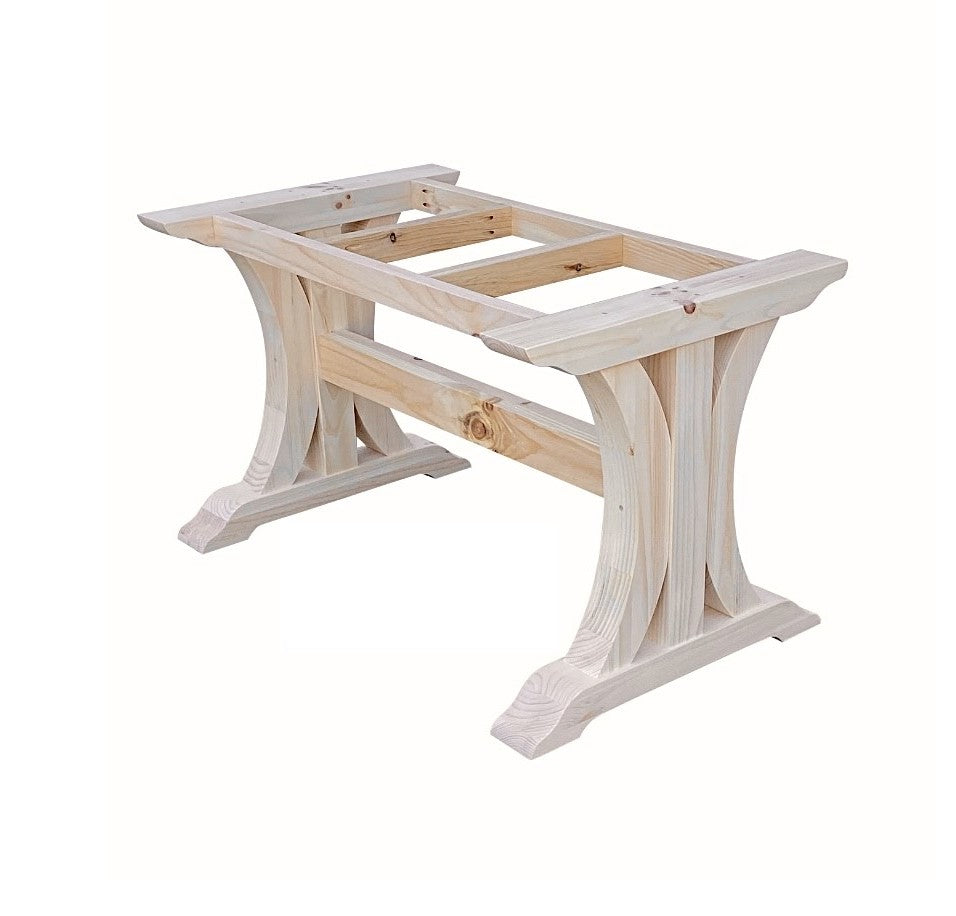Find the Ideal Dining Room Table Legs for Any Interior Design Style
Find the Ideal Dining Room Table Legs for Any Interior Design Style
Blog Article
From Traditional to Modern: Discover the Suitable Dining-room Table Legs for Your Design
While classic designs such as cabriole and turned legs evoke a feeling of ageless elegance, modern designs like hairpin and geometric alternatives present a possibility for striking visual passion. As you take into consideration these components, the question continues to be: just how can you perfectly incorporate these varied leg styles to create a harmonious dining experience?
Comprehending Table Leg Styles
The variety of dining space table leg designs can considerably influence both the visual appeals and performance of the room. Each leg design contributes unique visual aspects and practical functions, catering to varied style choices and usage requirements. Understanding these designs is essential for choosing the ideal dining table that straightens with your general indoor layout vision.
For circumstances, conical legs use a tidy, classic look that can improve a room's beauty, while stand bases give security and optimize legroom, making them perfect for smaller spaces. Barrette legs, a characteristic of mid-century contemporary design, present an industrial panache, enabling a ventilated, open feeling. In a similar way, trestle legs evoke rustic appeal, giving durable support and a sense of eternity.
Wood legs can bring heat and structure, whereas metal choices typically communicate a streamlined, contemporary vibe. Eventually, comprehending table leg styles is crucial for creating a natural eating location that mirrors personal design while guaranteeing practicality and comfort.
Standard Table Leg Options
When selecting dining-room table legs, traditional alternatives typically embody classic beauty and workmanship. These layouts reflect an abundant heritage and a commitment to top quality, making them perfect for those who appreciate timeless looks.
One of one of the most famous standard leg designs is the cabriole leg, characterized by its stylish rounded shape. This design frequently includes decorative makings and is most commonly located in Queen Anne and Chippendale furnishings. Another popular option is the transformed leg, which boasts a series of smooth, rounded forms that provide a traditional appearance while preserving security.
In addition, the straight leg, while easy, provides a basic and tough structure that can mix flawlessly with a variety of tabletop styles. For those attracted to ornate outlining, claw-and-ball feet legs evoke a sense of majesty and can function as a stunning prime focus in any eating room.
Finally, pedestal bases, although not purely legs, supply an alternate conventional choice that enables for sufficient legroom and can be magnificently sculpted. Each of these standard leg designs adds to the general ambiance of a dining-room, marrying feature with visual appeal.

Modern Table Leg Designs
Modern table leg styles use a varied variety of designs that highlight tidy lines and ingenious materials. These designs commonly focus on functionality while working as striking focal points within a dining room. Minimal looks are common, with legs crafted from materials such as steel, glass, and engineered wood, which add to a modern and airy feeling.
One preferred style is the hairpin leg, defined by its slender, conical structure that provides security without frustrating the table top (dining room table legs). This design is commonly located in mid-century modern furniture and can effortlessly complement numerous table forms. An additional pattern is using geometric shapes, where legs might tackle unbalanced or angular kinds, adding visual rate of interest and a touch of virtuosity

Mixing Styles for One-of-a-kind Areas
Frequently, home owners look for to develop distinct eating spaces that show their individual design by blending various layout components. This method enables the consolidation of diverse aesthetic appeals, leading to an unified yet unique setting. For example, combining a rustic wooden table with smooth, contemporary steel legs can create a captivating contrast that raises the area's general appeal.
Additionally, incorporating vintage table legs with modern tabletops can evoke a feeling of history while keeping a modern-day perceptiveness. Such combinations not just showcase private preference moved here however also encourage creativity, permitting homeowners to curate an area that really feels both personal and inviting.
Color plays a critical function in this blending process; picking table legs that match or comparison with the existing color design can improve visual interest. Whitewashed legs can soften the boldness of a dark table surface, producing a balanced aesthetic.
Tips for Selecting the Right Legs
Selecting the right table legs is vital for attaining both functionality and aesthetic appeal in your dining room. Begin by taking into consideration the total style of your area. Standard settings gain from legs that include complex carvings or turned designs, while contemporary rooms may require sleek, minimal designs.
Following, examine the elevation and security of the legs. dining room table legs. Common dining tables range between 28 to 30 inches in elevation, so make sure the legs match this measurement for convenience. Furthermore, durable products, such as wood or steel, can boost security and durability
Evaluate the leg shape too-- options include right, tapered, or click site stand layouts. Straight legs provide a classic look, while conical legs can add a touch of sophistication. Pedestal bases offer adequate legroom and are suitable for smaller sized spaces.
Final Thought
In summary, picking the suitable eating area table legs needs careful consideration of both typical and modern styles. By harmonizing leg design, elevation, and product with the overall decor, a natural and welcoming atmosphere can be achieved.
The range of eating space table leg styles can significantly influence both the looks and performance of the room. Eventually, recognizing table leg styles is important for producing a natural dining area that mirrors personal style while making sure practicality and convenience.One of the most iconic traditional leg styles is the cabriole leg, identified by its stylish curved shape. Straight legs supply a classic look, while check my site conical legs can include a touch of style.In summary, selecting the ideal dining space table legs requires mindful consideration of both standard and contemporary styles.
Report this page